| |
|
|
34.
| The Juggler |
| |

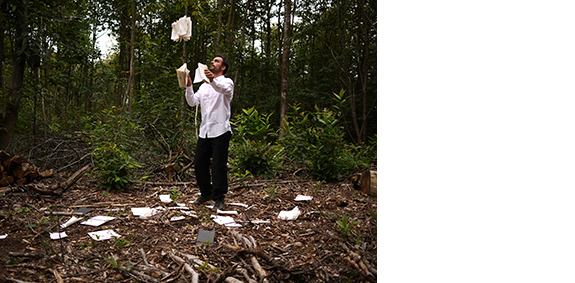
2012, pigmented ink on fine art paper, 60 x 80 cm and 122 x 170 cm.
Exhibition view Traces of the Future, MMP+, 2015, Marrakech.
Ed. of 5 + 2 A.P.
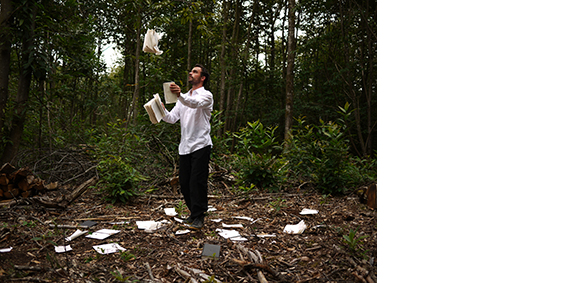
2012, pigmented ink on fine art paper, 60 x 80 cm and 122 x 170 cm.
Exhibition view Traces of the Future, MMP+, 2015, Marrakech.
Ed. of 5 + 2 A.P.

2012, pigmented ink on fine art paper, 60 x 80 cm and 122 x 170 cm.
Exhibition view Traces of the Future, MMP+, 2015, Marrakech.
Ed. of 5 + 2 A.P.
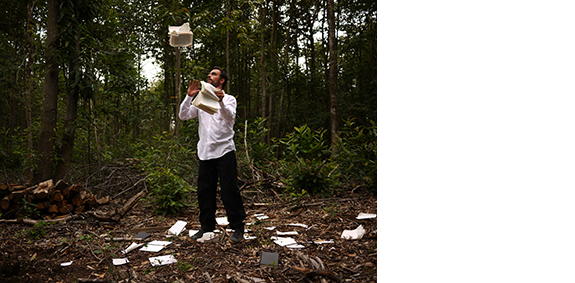
2012, pigmented ink on fine art paper, 60 x 80 cm and 122 x 170 cm.
Exhibition view Traces of the Future, MMP+, 2015, Marrakech.
Ed. of 5 + 2 A.P.
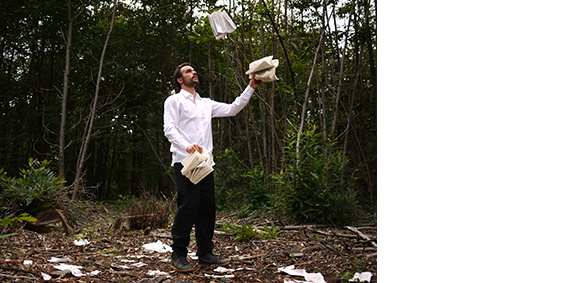
2012, pigmented ink on fine art paper, 60 x 80 cm and 122 x 170 cm.
Exhibition view Traces of the Future, MMP+, 2015, Marrakech.
Ed. of 5 + 2 A.P.
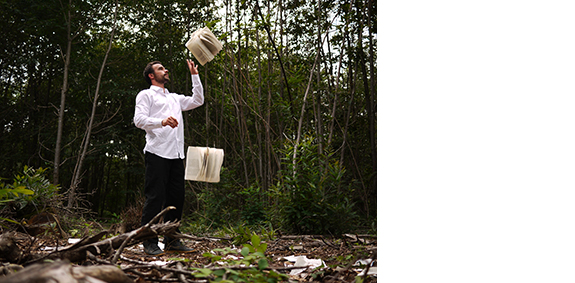
2012, pigmented ink on fine art paper, 60 x 80 cm and 122 x 170 cm.
Exhibition view Traces of the Future, MMP+, 2015, Marrakech.
Ed. of 5 + 2 A.P.

2012, pigmented ink on fine art paper, 60 x 80 cm and 122 x 170 cm.
Exhibition view Traces of the Future, MMP+, 2015, Marrakech.
Ed. of 5 + 2 A.P.

2012, pigmented ink on fine art paper, 60 x 80 cm and 122 x 170 cm.
Exhibition view Traces of the Future, MMP+, 2015, Marrakech.
Ed. of 5 + 2 A.P.

2012, pigmented ink on fine art paper, 60 x 80 cm and 122 x 170 cm.
Exhibition view Traces of the Future, MMP+, 2015, Marrakech.
Ed. of 5 + 2 A.P.
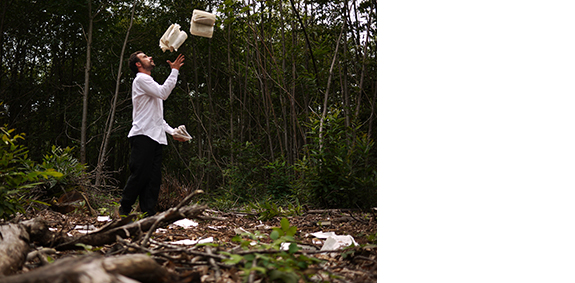
2012, pigmented ink on fine art paper, 60 x 80 cm and 122 x 170 cm.
Exhibition view Traces of the Future, MMP+, 2015, Marrakech.
Ed. of 5 + 2 A.P.
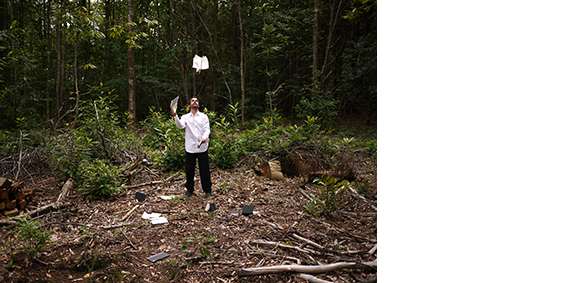
2012, pigmented ink on fine art paper, 60 x 80 cm and 122 x 170 cm.
Exhibition view Traces of the Future, MMP+, 2015, Marrakech.
Ed. of 5 + 2 A.P.
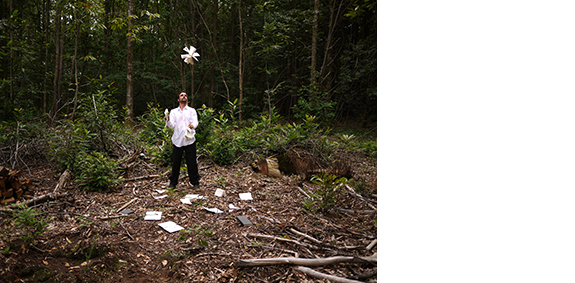
2012, pigmented ink on fine art paper, 60 x 80 cm and 122 x 170 cm.
Exhibition view Traces of the Future, MMP+, 2015, Marrakech.
Ed. of 5 + 2 A.P.
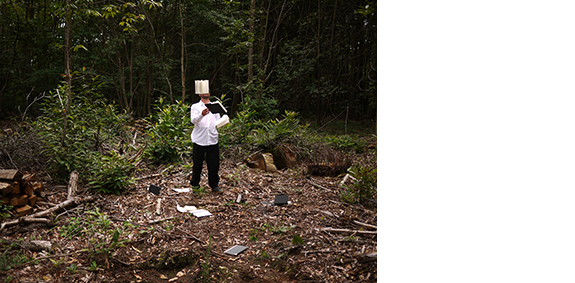
2012, pigmented ink on fine art paper, 60 x 80 cm and 122 x 170 cm.
Exhibition view Traces of the Future, MMP+, 2015, Marrakech.
Courtesy of the artist and ADN Galeria, Barcelona.
Ed. of 5 + 2 A.P.
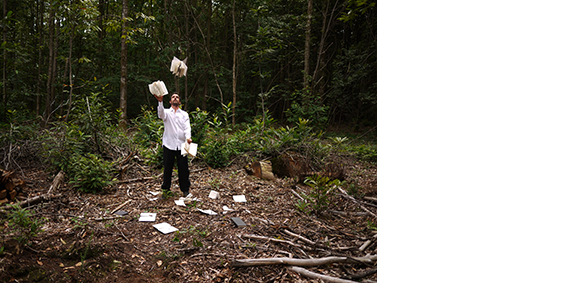
2012, pigmented ink on fine art paper, 60 x 80 cm and 122 x 170 cm.
Exhibition view Traces of the Future, MMP+, 2015, Marrakech.
Courtesy of the artist and ADN Galeria, Barcelona.
Ed. of 5 + 2 A.P.
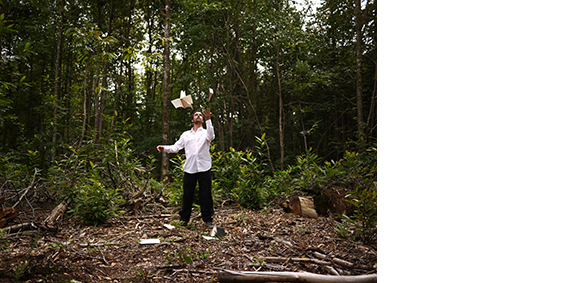
2012, pigmented ink on fine art paper, 60 x 80 cm and 122 x 170 cm.
Exhibition view Traces of the Future, MMP+, 2015, Marrakech.
Ed. of 5 + 2 A.P.
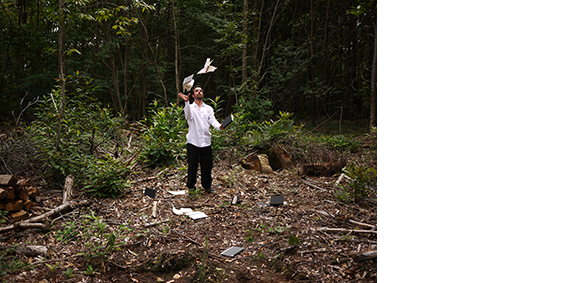
2012, pigmented ink on fine art paper, 60 x 80 cm and 122 x 170 cm.
Exhibition view Traces of the Future, MMP+, 2015, Marrakech.
Courtesy of the artist and ADN Galeria, Barcelona.
Ed. of 5 + 2 A.P.
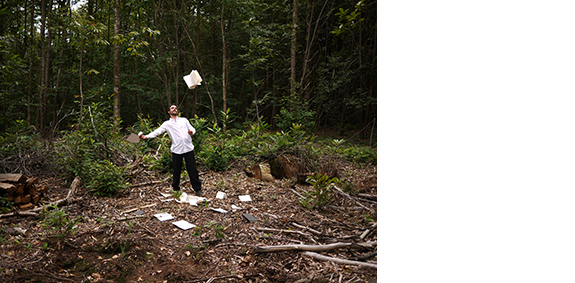
2012, pigmented ink on fine art paper, 60 x 80 cm and 122 x 170 cm.
Exhibition view Traces of the Future, MMP+, 2015, Marrakech.
Ed. of 5 + 2 A.P.
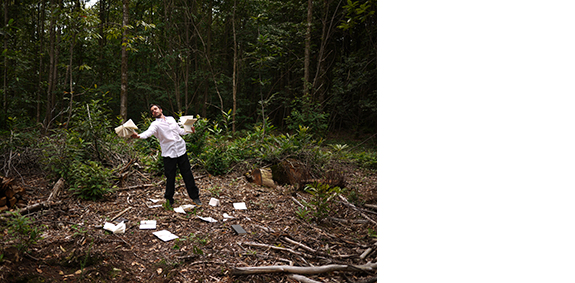
2012, pigmented ink on fine art paper, 60 x 80 cm and 122 x 170 cm.
Exhibition view Traces of the Future, MMP+, 2015, Marrakech.
Ed. of 5 + 2 A.P.
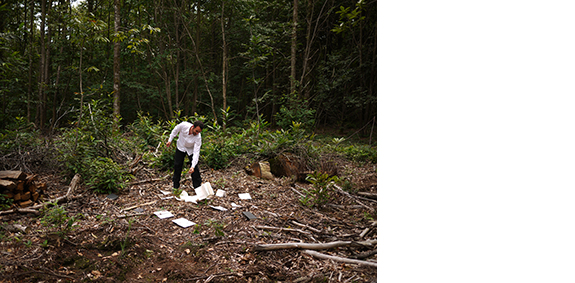
2012, pigmented ink on fine art paper, 60 x 80 cm and 122 x 170 cm.
Exhibition view Traces of the Future, MMP+, 2015, Marrakech.
Ed. of 5 + 2 A.P.

2012, pigmented ink on fine art paper, 60 x 80 cm and 122 x 170 cm.
Exhibition view Traces of the Future, MMP+, 2015, Marrakech.
Ed. of 5 + 2 A.P.
'' Who knows what to do? Who knows what to believe? One of the principal lessons learned from the French anthropologist is that the savage is not quite who you think.
Thus came about the study of the supposedly primitive Indians. He found that they had a much greater knowledge of their environment than he could have possessed: names of plants, birds, flowers, trees…
A plethora of things that he did not know. ''
Anti-utopias, January 2017
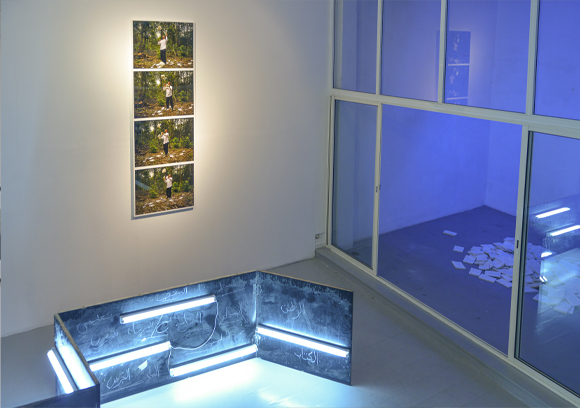
The Juggler
Exhibition view of La Ligne Droite, Galerie Fatma Jellal, 2013, Casablanca.
Courtesy of the artist.
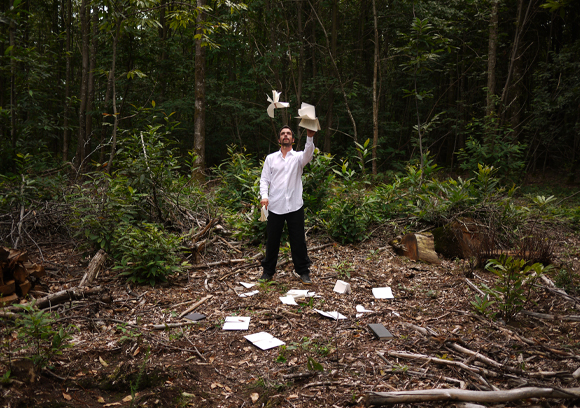
The Juggler
Exhibition view of La Ligne Droite, Galerie Fatma Jellal, 2013, Casablanca.
Courtesy of the artist.
|
|
|
|
|
| Collection of Galila’s P.O.C, Brussels
La série de photographies commencée en 2012, Le Jongleur, est inspirée du livre Tristes Tropiques de Claude Lévi-Strauss. Dans ce livre, l’ethnologue questionne l’idée même de voyage, de civilisation notamment à partir de sa rencontre avec des tribus au Brésil, il prend la civilisation occidentale pour objet, la compare sans indulgence aux cultures dites plus « primitives », et montre que tout progrès technologique engendre une perte sur un autre plan.
La civilisation occidentale apparaît comme une option parmi d’autres offertes à l’humanité. Ce jongleur qui jongle avec des livres, dans une forêt est une métaphore poétique d’un jeu de savoirs qui ne serait ni linéaire, ni dogmatique mais qui serait remis en question, en mouvement permanent. Dans une forêt, un jeune jongleur peine à jongler avec les livres. Dans une forêt dense, le jongleur seul affronte son échec, des livres sont éparses au sol, son savoir semble s’effondrer face à la nature. La violence de la chute des livres montre la complexité à comprendre l'histoire et les différents concepts qui tentent de l’expliquer. Le questionnement de Lévi-Strauss porte sur conflit de la nature humaine face à la nature. Dans la nature, l’échec de l’homme face à la planète et à son futur ouvre paradoxalement de nouveaux potentiels. Cette série de photographie fonctionne comme un autoportrait de l'artiste.
Cette œuvre s’inscrit dans un projet intitulé Le Voyage de Claude Lévi-Strauss, qui sous une forme onirique, tend à retracer les différents déplacements de l’explorateur mais aussi de le recontextualiser dans notre histoire contemporaine.
Studio Fatmi, Juin 2012.
|
|
The series of photographs started in 2012, The Juggler, is inspired by the book Tristes Tropiques by Claude Levi-Strauss.In this book, the anthropologist questioned the very idea of travel, particularly civilization from his meeting with tribes in Brazil, he takes Western civilization as purpose, compared it without indulgence to more so to say "primitive" on and shows that technological progress generates a loss on another plane.
Western civilization appears as one option among others, offered to humanity. The juggler who juggles with books in a forest is a poetic metaphor of a game of knowledge that is neither linear nor dogmatic but that would be questioned, in constant motion. In a dense forest, the juggler alone confronts his failure, books are scattered on the ground, knowledge seems to collapse in front of nature. The violence of the books falling show the complexity to understand Hisotry and the concepts that attempt to explain it. The questioning of Levi-Strauss is about the conflict of human nature before nature. In nature, human failure facing the planet and its future paradoxically opens up new potentials.
This work is part of a project entitled The Journey of Claude Lévi-Strauss, who in a dreamlike form, tends to track the various movements of the explorer but also to re-contextualize it in our contemporary history.
Studio Fatmi, June 2012. |
|
|
|